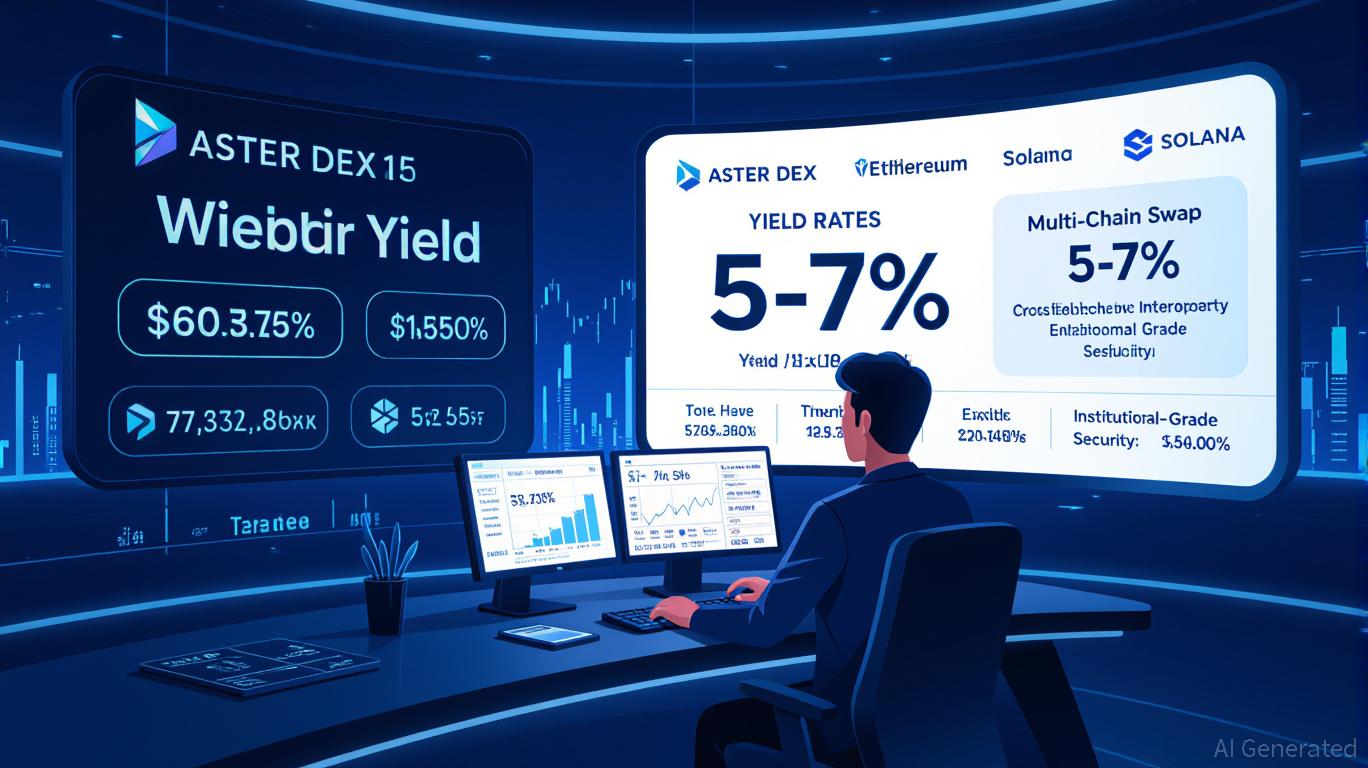C3.ai Stock Jumps Amid Rumors as Strategic Assessment Fuels Both Optimism and Skepticism
- C3.ai shares surged over 4% amid speculation about a potential sale during strategic review following founder Thomas Siebel’s health-related CEO exit. - Siebel, now executive chairman, disclosed an autoimmune condition causing significant visual impairment, triggering leadership transition scrutiny. - New CEO Stephen Ehikian faces stabilizing the company after 19% revenue decline and $116.8M net loss, with market value at $2.15B. - Analysts note possible sale or private capital raises, but no offers yet;
C3.ai (AI) shares jumped more than 4% on Monday after
The shift in leadership has brought increased attention to C3.ai's financial and operational hurdles. Siebel, who left the CEO role in September and now acts as executive chairman,
Analysts have pointed out that the strategic review could result in a sale or other alternatives, though no formal bids have been made. Palantir Technologies, a larger rival in the government and industrial AI sectors, is seen as a key reference point for any potential buyers. In addition,
The stock has experienced significant swings, with recent gains largely attributed to short-term trading rather than underlying business strength. Bloomberg noted that the sale process is still in its infancy and may not lead to a transaction, serving as a warning for investors. The next key event will be C3.ai's earnings report on December 3, where CEO Ehikian is expected to discuss the strategic review, federal sector demand, and the company's cash usage under his leadership.
Industry analysts remain doubtful about C3.ai's prospects for a turnaround. Palantir's strong position in the enterprise AI market, combined with C3.ai's declining sales and aggressive cost-cutting, has raised questions about its ability to compete. Still, some analysts believe the stock's sharp decline could present a "buy-the-dip" chance for those optimistic about a recovery.
Disclaimer: The content of this article solely reflects the author's opinion and does not represent the platform in any capacity. This article is not intended to serve as a reference for making investment decisions.
You may also like
Vitalik Buterin Backs ZKsync: Igniting Ethereum Layer 2 Innovation and Ushering in the Next Era of DeFi
- Vitalik Buterin's endorsement of ZKsync's Atlas upgrade accelerates Ethereum's ZK-based scalability strategy, positioning ZKsync as a key DeFi infrastructure player. - The upgrade achieves 15,000+ TPS with near-zero fees via ZK Stack, enabling 30% stablecoin dominance and bridging Ethereum's L1-L2 liquidity gaps. - Institutional adoption surges as ZK token gains 50% post-endorsement, supported by $15B in ZK-related DeFi inflows and StarkNet's TVL tripling in Q4 2025. - Upcoming Fusaka upgrades (30,000 TP

ZK Atlas Enhancement and Its Influence on Layer 2 Scaling
- The ZK Atlas Upgrade (Oct 2025) revolutionized Layer 2 scalability with 15,000+ TPS and $0.0001/tx costs via innovations like Atlas Sequencer and Airbender prover. - Vitalik Buterin's GKR protocol reduced ZK verification costs 10-15x, slashing Ethereum gas fees by 90% and boosting DeFi competitiveness. - ZK ecosystem TVL hit $3.5B by 2025, with $15B in Bitcoin ETF investments and 60.7% CAGR projected for ZK Layer 2 market growth to $90B by 2031. - Institutional adoption accelerated as stablecoins capture

Bitcoin Updates Today: Veteran Bitcoin Holders Selling Raises Questions: Is the Market Unstable or Undergoing a Tactical Change?
- Bitcoin OG holders are accelerating sales of decade-old BTC stashes, with $1B+ moved from pre-2018 wallets in 2025. - Analysts debate motives: Erik Voorhees sees long-term adoption focus, while Willy Woo cites quantum risk mitigation and SegWit address shifts. - Price volatility intensifies as BTC struggles to reclaim $105k-$106k support, with $722M realized losses and ETF buying ($530M) failing to offset selling pressure. - Historical patterns suggest potential 15-20% corrections, with on-chain expert D

DeFi’s Latest Gateway: How DASH’s Calculated Strategy Demonstrates Trustworthiness to Institutions
- Aster DEX's DASH token, with institutional backing, drives DeFi adoption through hybrid models. - DASH's yield-collateral model offers 5-7% returns, bridging traditional and decentralized finance. - Partnerships with Binance and $17.35B TVL validate Aster DEX's institutional credibility. - Price volatility and regulatory risks persist, but hybrid compliance tools mitigate challenges. - DASH's strategic move highlights DeFi's potential as a bridge to next-gen financial infrastructure.
